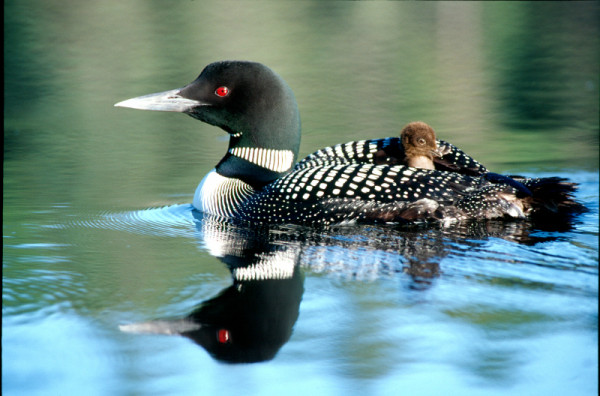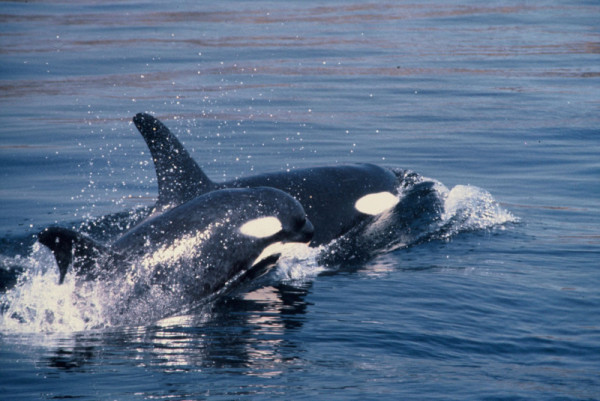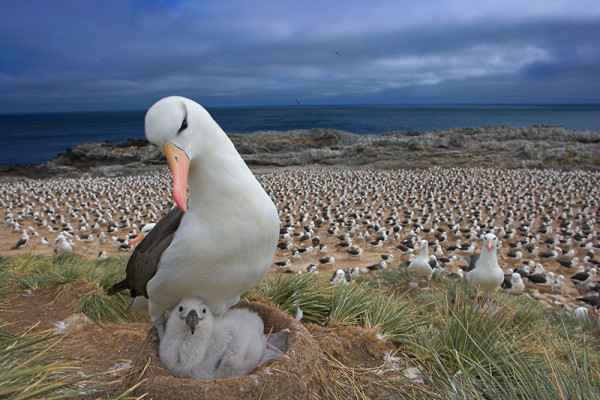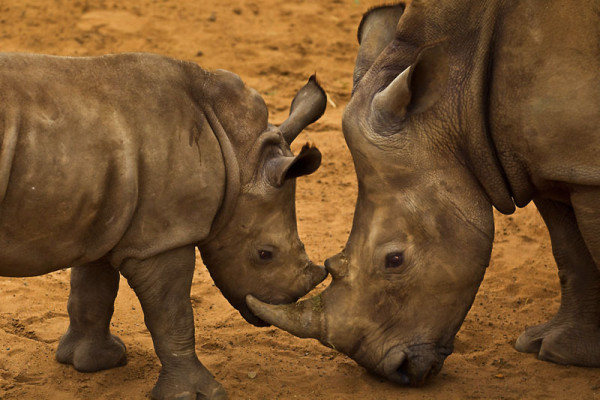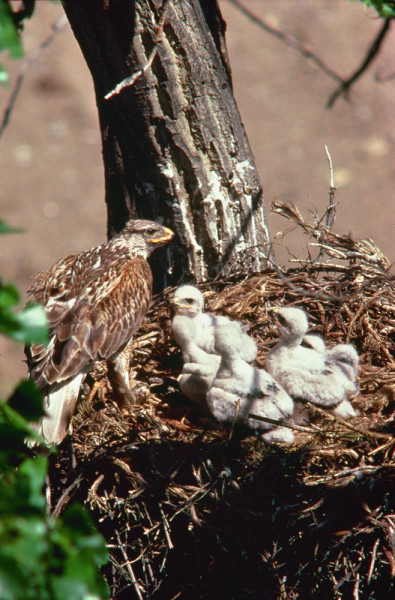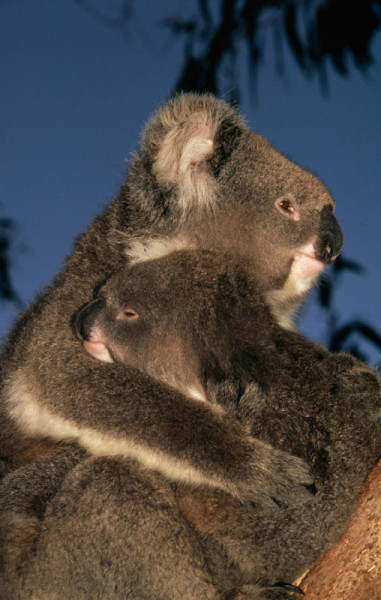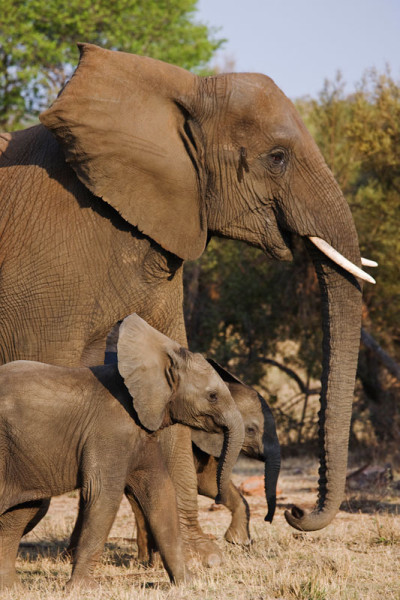Eight amazing animal moms
With the celebration of Mother’s Day, we’re thinking about all the amazing moms who feed, nurture, protect, teach and sacrifice themselves for their children. And, it’s no different in the animal kingdom! There are some incredible animal moms who take care of their young through water, on the ice, up in the trees and everything in between. See for yourself:
Polar bears
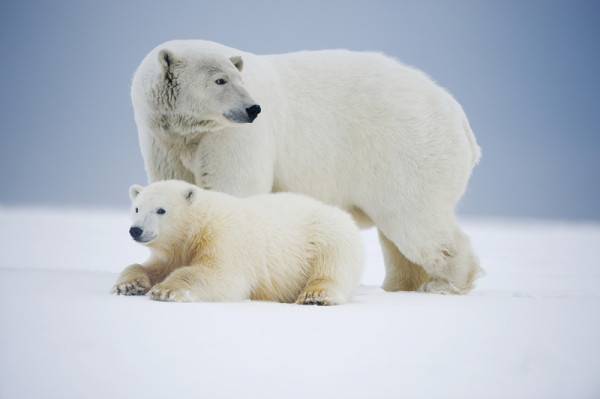
Polar bear moms have to make sure they have enough fat reserves to nurse their babies all through the winter when there’s a limited food supply. Polar bear mothers typically have two cubs in each litter. To protect their young from the elements, female polar bears burrow into deep snow and use their body warmth to keep the little ones safe and cozy while nursing.
Common loon
Both loon parents take turns sitting on the nest and incubating the eggs. When the chick is newly hatched, it often spends time riding around on the back of mom or dad. This helps the young chick stay warm and avoid predators.
Orca
Orcas are social creatures and live in close-knit, life-long pods of about 30. That means mom and her young will be together forever!
Albatross
Both the mother and father albatross take care of the chick. They often take turns flying very long distances to find food.
Rhino
Rhino moms are very protective of their young. Young rhinos are rarely attacked due to their protectiveness!
Hawk
Both hawk parents take very good care of their young chicks, taking turns incubating and bringing food to the young chicks. Usually it is the mother hawk who will sit on the nest all through the night.
Koala
Like other marsupials, the baby koala, or joey, will spend the first six to seven months of its life inside their mothers pouch.
Elephant
Elephant moms carry their young for 22 months! This is the longest gestation period of any mammal. Females give birth every four to five years. Matriarchs also dominate the complex social structure of elephants and calves, while male elephants tend to live in isolation.
Happy Mother’s Day, to all the moms around this wonderful planet!

